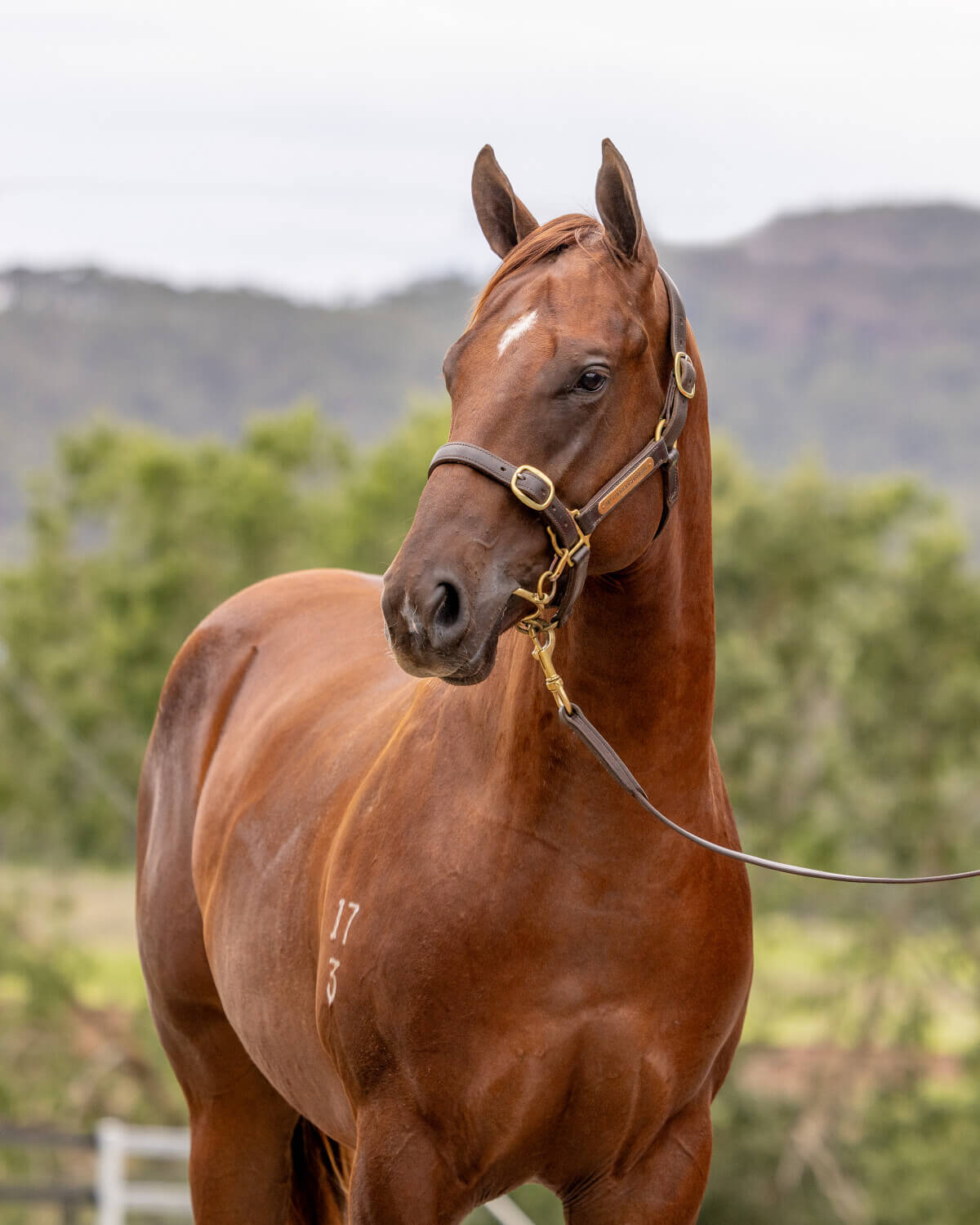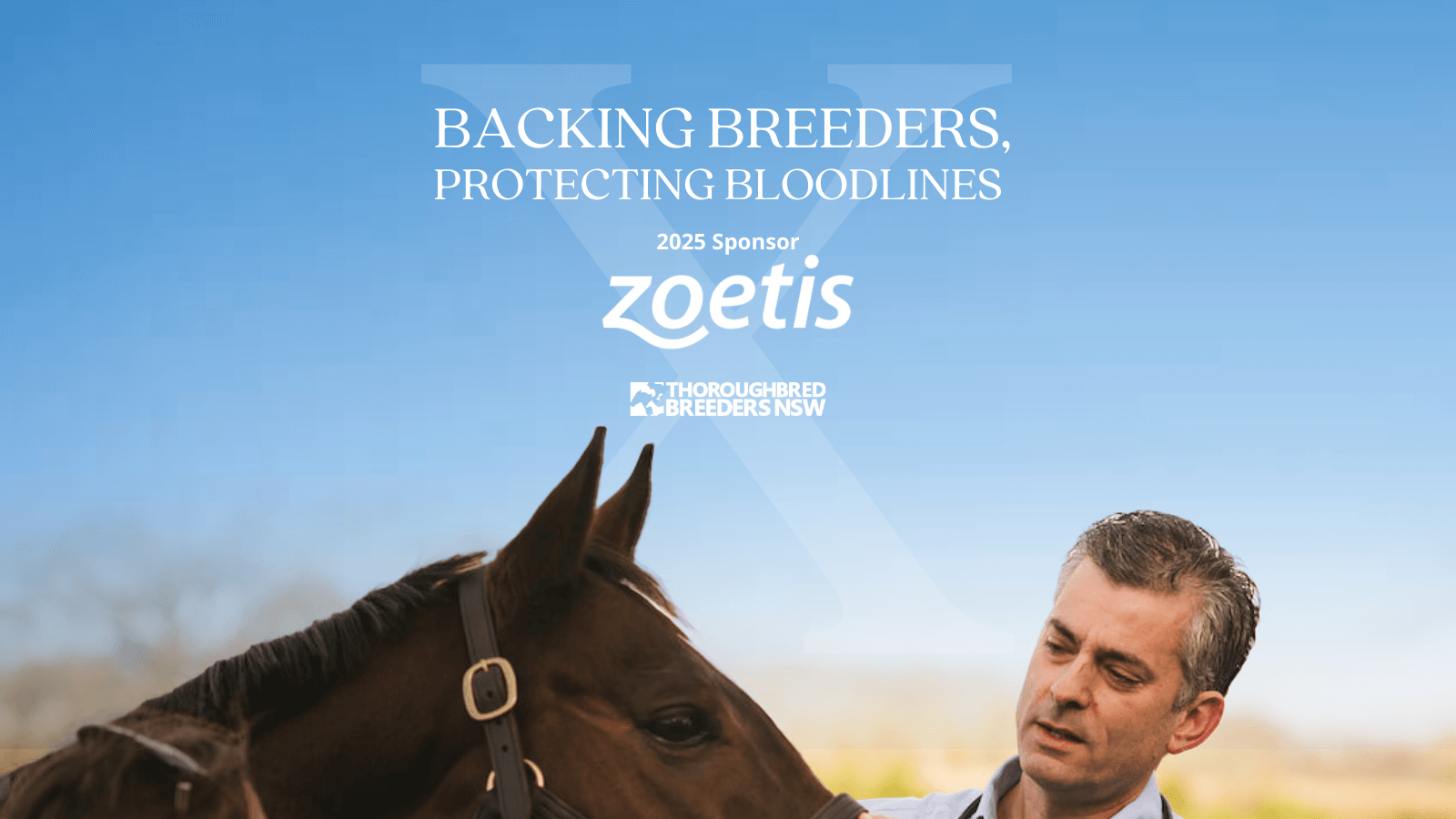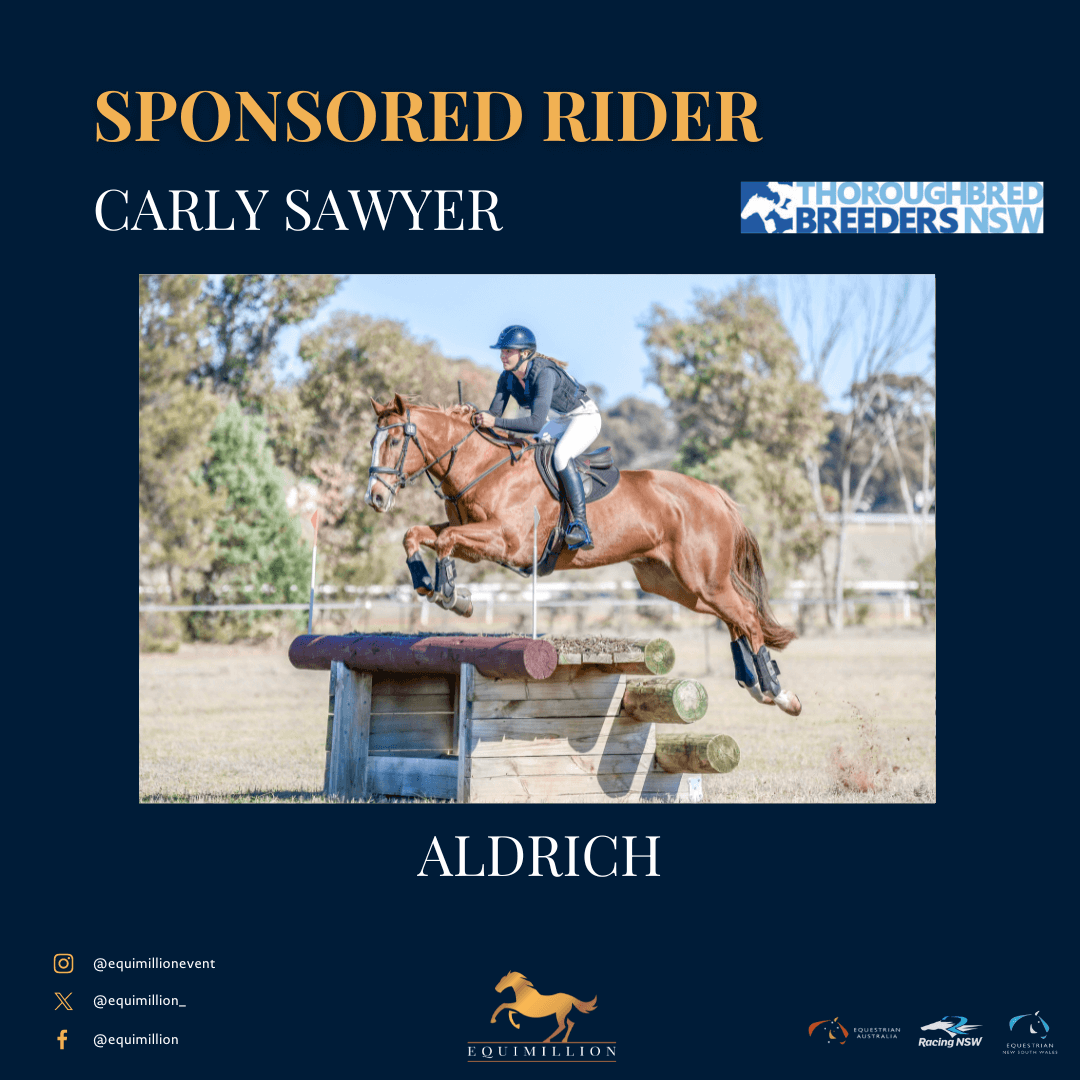WHAT YOU NEED TO KNOW ABOUT TRANSPORTING HORSES IN NSW (Produced by NSW Government)
A Transported Stock Statement (TSS) is a form which records the movement of a horse/s from one property to another. A TSS is a requirement of the Local Land Services Act 2013 and Local Land Services Regulation 2014 for the purposes of tracing horse movements for biosecurity purposes. A TSS is also useful in helping the NSW Police identify stock theft.
When horses are transported into and around NSW it is a legal requirement for the person moving horses to carry a TSS unless the horses fall under one of these exemptions:
• horses being transported to or from an agricultural show, gymkhana, exhibition, pony club meeting, or
• racehorses or harness racing horses, or
• working horses being moved to or from any place for work, or
• horses being moved under a stock permit issued under the Local Land Services Act 2013, or
• horses being moved under a control order, emergency order, biosecurity direction, permit issued, or a biosecurity zone established under the Biosecurity Act 2015, or
• horses being transported from interstate and travel within NSW up to 30 km before proceeding back into the other state or territory as part of an unbroken journey, or
• horses being transported across or along a road from one part of a property to another which would be adjoining except for being separated by the road, or
• horses being transported to a place for treatment by a veterinary practitioner.
If you do not meet the above criteria, have a completed TSS with you.
The TSS must be kept for at least two years following the horse/s movement and applies to:
• an owner of stock who is transporting their own stock by vehicle
• an owner of stock who provides another person who is transporting the stock with a TSS
• a person in charge of a vehicle transporting stock who is provided with a TSS
• a consignee who is provided with a TSS.
Common horse movements which require a TSS include (but are not limited to) when a horse is moved:
• to a farrier to be shod
• to a new grazing block
• for recreational rides outside of an organised event or exempt activity listed above
• for breeding purposes for non-thoroughbreds or non-Standardbreds
• to a riding school for a riding lesson, or
• to a trail ride.
Operation Stock Check
NSW Police launched Operation Stock Check on 4 August 2020 resulting in more monitoring of people trucking horses and other livestock around NSW. Be prepared, you are likely to be pulled over and asked by the NSW Police for a TSS for the horse you may be moving. If you do not have a TSS with you or your horse does not meet any of the above exemptions, you may be fined.
How can a horse owner get a TSS?
TSS are sold in booklets or as single forms. Enquire with a Customer Service Officer from your nearest Local Land Services office about obtaining a TSS.
Please lodge an enquiry through the online form www.lls.nsw.gov.au/contact-us or call 1300 795 299 and someone from your region will get back to you shortly.
Are these TSS measures introduced due to COVID 19 restrictions?
No, the regulations about TSSs and PICs have been in place for many years however the purpose of these FAQs is to provide clarity around requirements.
What is a racehorse and harness racing horse?
A racehorse is defined under the Thoroughbred Racing Act 1966 as a horse that is registered with Racing Australia as a racehorse, including those that are:
• unnamed and eligible to be registered for racing with Racing Australia (Mare Return and Foal Ownership Declaration lodged under Australian Rules of Racing);
• named and registered for racing with Racing Australia (under Australian Rules of Racing);
• named and registered for breeding with the Australian Stud Book under Rules of the Australian Stud Book.
A harness racing horse is defined under the Harness Racing Act 2009 as a horse that is registered with Harness Racing NSW as a harness racing horse. All harness racing horses are Standardbreds.
Proof of identification for thoroughbred racehorses and harness racing horses
All thoroughbred racehorses are issued with Identification Cards (credit card size) which display unique identification from parentage verification and include:
• Name (if named)
• Colour
• Gender
• Date of Birth
• Sire name
• Dam name
• Life Number
• Brands and drop numbers
• White Markings
• Microchip number
Owners/trainers/transporters of racehorses must carry the horse/s’ identification card/s when they are moved. Specialist horse transporters must have documents which include the above details for the horses they have on board
The primary forms of identification used for Standardbred harness racing horses are:
• Branding notification advice – issued to the owner of a foal after the foal is microchipped (2017 onwards), freeze branded and DNA confirmed; includes foaling date, its sex, colour, brand, sire, dam and their brands.
• Registration Assessment Certificate (RAC) – issued to the owner/trainer of a Standardbred horse once it has been named, transferred into new ownership or leased.
Owners or trainers transporting a Standardbred horse between home and a racing venue will usually have the RAC with them (Harness Racing Clubs and Stewards require the RAC be produced on demand).
A Harness Racing Horse Transport Application is required from 1 April 2020 for biosecurity reasons due to Covid19. No harness racing horse/s are permitted to be transported outside of the regional area in which they are registered without permission from HRNSW.
What is a ‘working horse’?
A working horse is defined as a horse that is being transported from the place where they are kept and are taken to another location to perform the work of a business. For example, a horse that is housed on a property and is taken to another property to perform work such as mustering stock at a property 50 kms away.
What is a Property Identification Code (PIC)?
A PIC identifies land where livestock are kept and is required for the property you keep your horse or horses on, even if this is on a temporary basis such as an agistment property.
You need to know the PIC of the land on which your horse is kept so you can record this on the TSS next to where it asks for the address of where the horse is loaded.
A PIC is a unique eight-character code assigned by Local Land Services to properties with livestock and recorded in the District Register for each Local Land Services region.
This Register holds information identifying land including property names, locations and contact details of the trading entity and PIC manager.
You should include a destination PIC in the TSS however sometimes this is not possible e.g. if riding in a state forest. If the destination PIC is not available, putting an address or name/location of the state forest or other riding destination etc is enough.
How do I obtain a Property Identification Code (PIC)?
PICs applications are made to Local Land Services and a fee applies.
Please lodge an enquiry through the online form www.lls.nsw.gov.au/contact-us or call 1300 795 299 and someone from your region will get back to you shortly.
Local Land Services is in the process of moving our service delivery online but currently, TSS forms and books need to be obtained through your local office. The PIC application form can be downloaded from the Local Land Services website and submitted through your local office.
Note that access to Local Land Services offices is currently by appointment only.
More information
Local Land Services: Moving and selling livestock
Local Land Services: I want to apply for a Property Identification Code
NSW Department of Primary Industries: TSS questions and answers
© State of New South Wales through Department of Regional NSW 2020. The information contained in this publication is based on knowledge and understanding at the time of writing 28 August 2020. However, because of advances in knowledge, users are reminded of the need to ensure that the information upon which they rely is up to date and to check the currency of the information with the appropriate officer of the Department of Industry or the user’s independent adviser.



